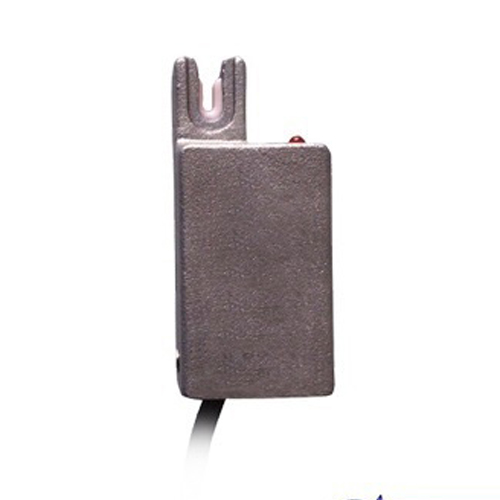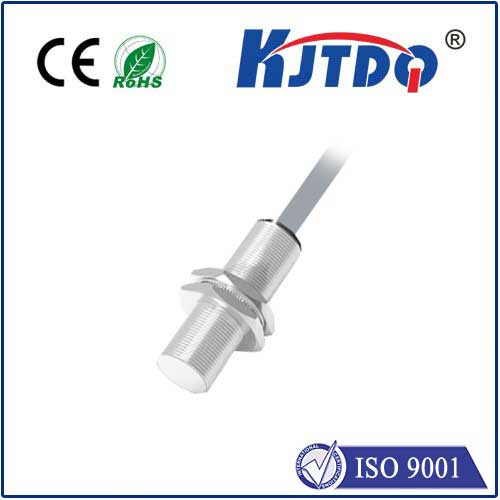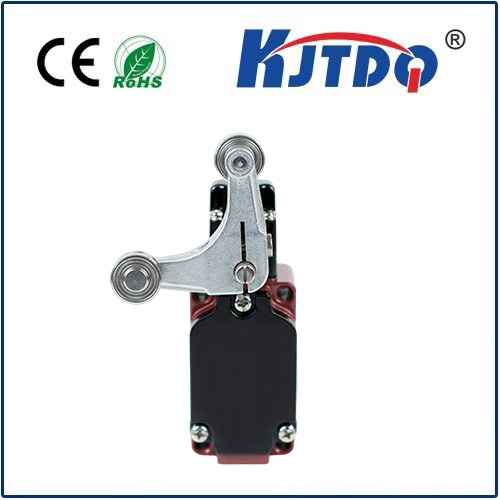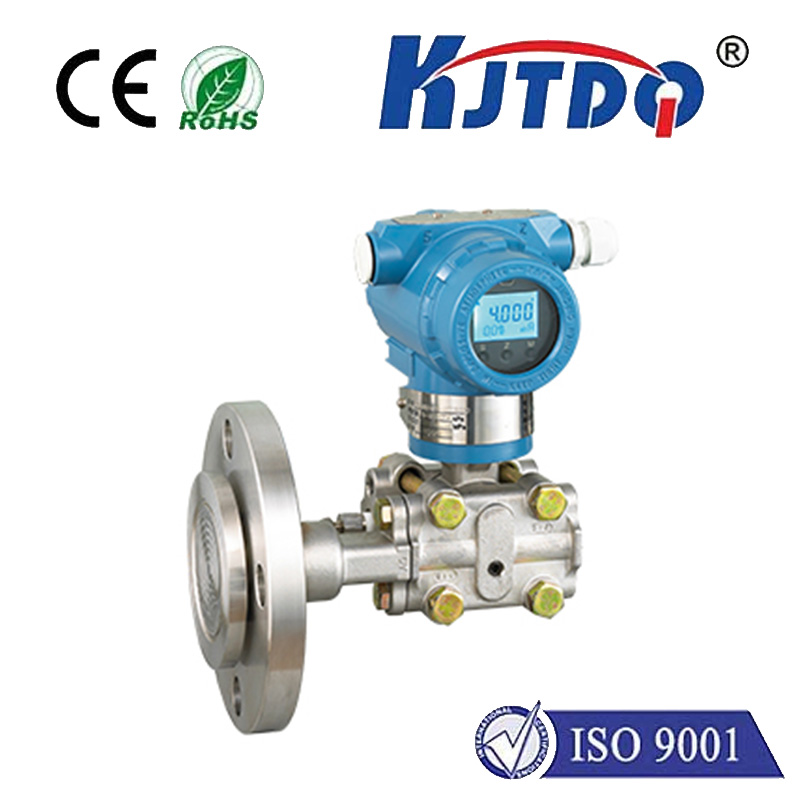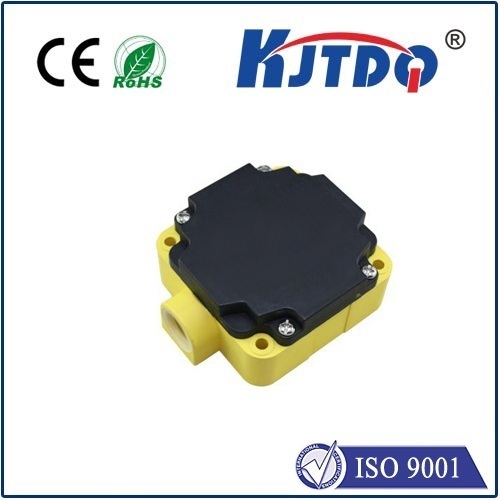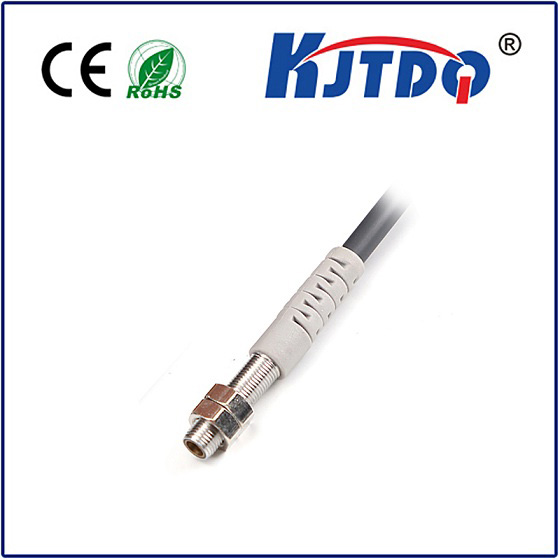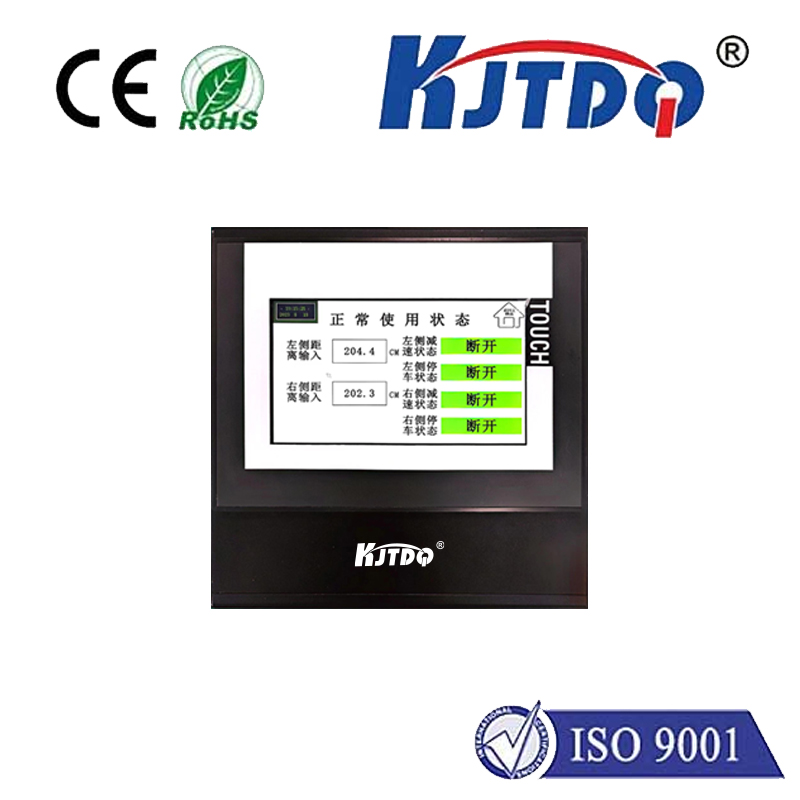fotek proximity sensor
- time:2025-09-09 02:26:50
- Click:0
Fotek Proximity Sensors: The Unsung Heroes of Industrial Automation
Imagine a factory assembly line humming with precision. Products glide seamlessly from station to station, robotic arms execute complex maneuvers flawlessly, and machinery operates with uncanny timing. Beneath this orchestrated dance of industry, countless invisible sentinels ensure safety, accuracy, and efficiency. Among the most vital are proximity sensors, and Fotek stands as a prominent name delivering reliable solutions in this critical space. These compact, non-contact devices are the silent decision-makers, detecting the presence (or absence) of objects without physical touch.
Fotek proximity sensors have earned a solid reputation across diverse demanding sectors, from automotive manufacturing and packaging lines to food processing and material handling. They excel in environments where physical contact is impractical or impossible, offering robust performance to detect metallic and non-metallic targets. Their core function is deceptively simple yet fundamentally transformative: providing a crucial input signal to control systems based on object detection.
Demystifying How Fotek Proximity Sensors Operate
Predominantly, Fotek leverages two main sensing technologies, each suited to specific needs:

- Inductive Proximity Sensors:
- Principle: These sensors generate an electromagnetic field using an oscillator coil. When a metallic object enters this field, it induces eddy currents within the target. This current absorption affects the oscillator’s operation, triggering the sensor.
- Fotek Applications: Inductive sensors are the workhorses for detecting ferrous and non-ferrous metals like steel, aluminum, copper, and brass. They are incredibly reliable for tasks like position verification (e.g., confirming a machine part is in place), end-of-travel detection on cylinders, metal object counting, and rotational speed monitoring on machinery shafts and gears.
- Key Advantages: Robustness against dirt, dust, oil, and vibration typical in industrial settings; high switching frequencies for fast-moving objects; immunity to ambient light; and long operational life due to the lack of moving parts.
- Capacitive Proximity Sensors:
- Principle: These sensors generate an electrostatic field. Any object entering this field – metallic or non-metallic (plastic, wood, glass, liquids, powders) – alters the capacitance of the sensing surface. This change is detected, causing the sensor to switch states.
- Fotek Applications: Capacitive sensors shine where non-metal detection is essential. Think liquid level control in tanks, detecting plastic bottles on conveyors, presence verification of cardboard boxes, granular material level sensing in silos, and distinguishing filled vs. empty containers.
- Key Advantages: Unique ability to detect diverse materials; effectiveness through thin non-metallic barriers (like plastic walls); suitability for challenging environments involving liquids or powders.
Selecting the Ideal Fotek Sensor: Key Factors in Industrial Application
Choosing the right Fotek proximity sensor is critical for optimal performance. Here are crucial considerations:
- Target Material: This is paramount. Is it metal? Choose inductive. Is it non-metal or liquid? Opt for capacitive.
- Required Sensing Distance (Range): Fotek offers a wide range of models with different nominal sensing ranges (Sn). Ensure the sensor’s specified range comfortably exceeds the actual operating distance needed in your application, accounting for installation tolerances and potential variations in target positioning.
- Sensor Housing and Size: Consider the physical space constraints and mounting requirements. Fotek provides diverse housing styles (cylindrical, rectangular, block) and miniature sizes for cramped spaces.
- Output Configuration: Fotek sensors typically offer NPN or PNP transistor outputs (sourcing or sinking) in Normally Open (NO) or Normally Closed (NC) configurations. Selecting the correct output type (NPN/PNP) is essential to match your PLC or controller’s input card requirements. NO/NC selection determines the logic state of the output when a target is detected.
- Environmental Conditions: Assess factors like ambient temperature extremes, potential exposure to coolants, oils, or chemicals, intense vibration, or splashing water. Fotek sensors come with varying IP (Ingress Protection) ratings (e.g., IP67, IP68) to withstand specific environmental challenges. Ensure the chosen model’s IP rating meets your environmental demands.
- Electrical Requirements: Match the sensor’s operating voltage (commonly 10-30V DC) and current ratings with your power supply and load requirements (e.g., PLC inputs).
- Response Frequency: For high-speed applications (e.g., counting rapidly moving objects on a conveyor), a sensor with a high switching frequency (Hz) is essential. Fotek specifies this for each model.
Beyond Detection: The Tangible Benefits Driving Adoption
Integrating Fotek proximity sensors delivers concrete advantages that translate into operational excellence:
- Enhanced Reliability & Reduced Downtime: They replace mechanical limit switches prone to wear and tear. Their solid-state design offers exceptional longevity and consistent performance, minimizing unplanned maintenance and boosting overall equipment effectiveness (OEE).
- Non-Contact Operation: Eliminating physical contact prevents damage to both the sensor and delicate targets, ensuring gentle handling of products and longer sensor life.
- High Speed & Precision: Capable of detecting objects at high speeds with incredible accuracy, enabling precise positioning and control essential in modern automation.
- Versatility: Available in inductive and capacitive types covering a vast spectrum of objects and materials, suitable for countless applications across industries.
- Improved Safety: They provide vital signals for safety interlocks, ensuring machines only operate when conditions are safe (e.g., guarding is closed, personnel are clear).
- Cost-Effectiveness: Long life, minimal maintenance, reduced downtime, and prevention of product damage contribute to a compelling return on investment (ROI).
Implementing Fotek Sensors Effectively: Best Practices
To maximize performance and longevity:
- Correct Mounting: Securely mount the sensor, ensuring it’s aligned properly with the target’s approach path.
- Respect Sensing Distance: Maintain the target within the effective sensing range. Remember that the rated sensing distance (Sn) is typically defined for a standard target under ideal conditions; real-world factors can reduce this slightly.
- Avoid Mutual Interference: When mounting multiple inductive sensors side-by-side, maintain adequate spacing as per Fotek’s specifications to prevent electromagnetic field interference causing malfunction.
- Clean Sensing Face: Keep the sensing surface free of excessive buildup of dirt, metal shavings, or other debris that could interfere with detection, especially for capacitive sensors whose performance is more sensitive to surface contamination.
- Secure Wiring: Use appropriate cable glands for environmental protection and ensure connections are tight and protected from strain. Follow wiring diagrams precisely, paying close attention to the output type (NPN/PNP), power supply polarity, and load connection.
Fotek: Engineering Precision for Demanding Environments
Fotek has solidified its position as a trusted provider of industrial sensing solutions by consistently delivering robust, reliable proximity sensors. Engineered to meet the rigorous demands of modern automation, Fotek proximity sensors offer industrial engineers and maintenance professionals versatile and dependable tools. Whether it’s the unyielding reliability of their inductive sensors for metal detection or the versatile capability of their capacitive sensors for diverse materials, Fotek provides the critical sensing technology that keeps production lines moving safely and efficiently. Understanding their operating principles, selection criteria, and best installation practices empowers users to harness their full potential, making these compact devices indispensable enablers of industrial productivity and innovation.






